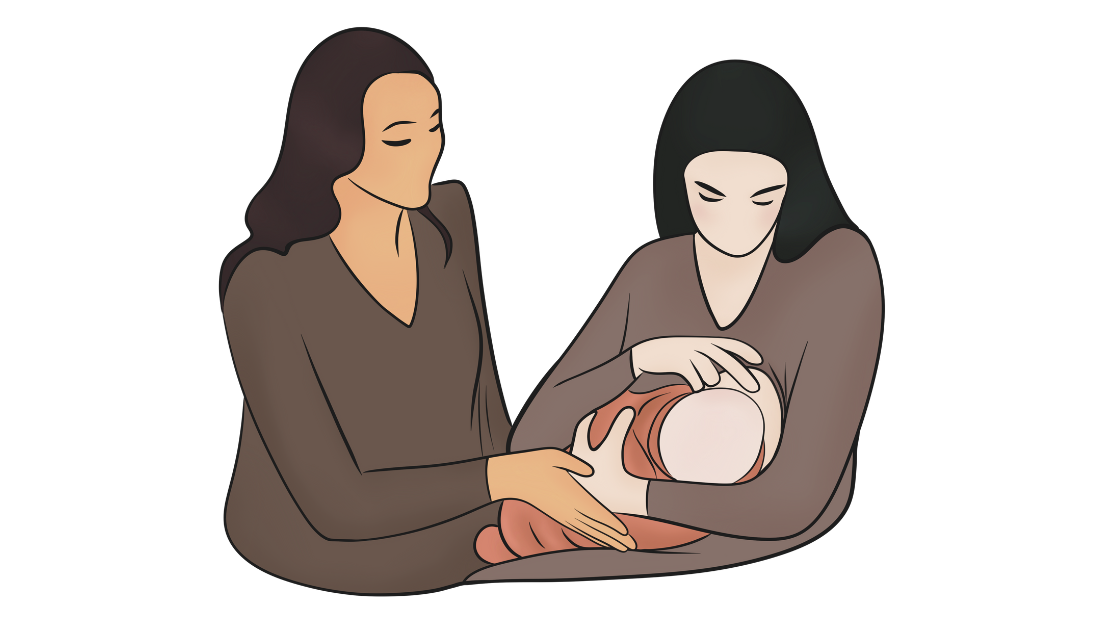Beginning May 11, 2025, New York City employers will have to physically post and electronically deliver a copy of their written lactation room accommodation policy to employees. This directive stems from amendments to the New York City Human Rights Law (NYCHRL), enacted on November 12, 2024, which required employers to develop and implement policies pertaining to lactation rooms. Below is a discussion of the latest amendment to NYCHRL and what employers will be expected to provide employees.
Where and How the Policy Must Be Displayed
The updated law now specifies that employers will have to make their written lactation room policies available to employees by conspicuously posting the policy in the employer’s place of business. It must be posted in an area accessible to employees. The policy must also be electronically delivered through the employer’s intranet, which is a private, secure online network accessible only to employees within an organization.
What the Lactation Policy Must Include
The policy would include a statement that employees have a right to request a lactation room and identify the process by which employees can request such a room. The process would include how an employee can submit a request, that an employer cannot exceed five days in responding to the request, and the appropriate procedure for when two or more individuals need a lactation room at the same time.
This amendment also incorporates the recent changes to New York State’s lactation break laws, which became effective June 2024 and require employers to provide paid thirty-minute breaks for employees who need to express breast milk. Notice of this paid thirty-minute break must also be included in the written policy that will be readily available to employees.
Takeaway
Starting May 11, 2025, New York City employers must physically and electronically post their lactation room policies, ensuring employees have clear access to accommodation procedures. Employers are encouraged to review and update policies to ensure compliance and support nursing employees.

